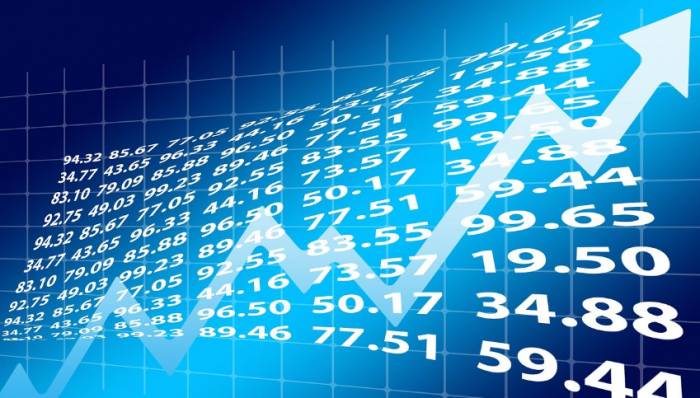Trend following, as the name suggests, is the act of buying and selling in line with the current trend. Regardless of whether you agree with trend following or not, it is indeed one of the most commonly used trading methods in the speculative market. For most traders, trend following is acceptable, with only minor differences in some details. Let's take a look at how we should judge and follow the trend.
How to Judge the Trend?
Judging the trend is very important. If the trend is judged incorrectly, then there is no point in following or going against the trend. Because if you don't know the current trend, how can you follow it?
There are many methods to judge the trend, such as the moving average system, Dow Theory, and trend theory, among others. However, we must stick to using a set of methods, that is, our own set of methods for judging the trend, so as to achieve consistency in trend judgment. Here, we will introduce a method that combines these classic trend analysis theories.
Firstly, we divide the direction of the trend into upward, downward, and sideways, which is not a big issue. Secondly, it is the division of the trend level. We generally divide the trend into small-level trends, short-term trends, medium-term trends, and long-term trends.
Advertisement
01 Small-Level Trend
A small-level trend refers to the performance of the price in a short period of time, usually between 1-3 days. Small-level trends often occur within the short-term trend and in the opposite direction, which is what we call a small-level rebound or pullback, but this has little impact on the overall trend. Once the small-level trend is replaced by a new high or new low, it is often a good entry point, whether for opening a position or adding to a position.
02 Short-Term Trend
A short-term trend refers to the performance of the price in the short term, rising, falling, or sideways. We generally look at whether its price is a new high or new low within about 3 to 10 days. If it is, then we can say that the current price's short-term trend is rising. Similarly, the short-term downward trend is the same principle, except that the price is a new low within a specified time. Of course, if the closing price on the day can maintain this new high or new low, that would be the best.How to understand new highs or new lows within 3 to 10 days? A new high for 3 days means that the high point on the third day is higher than any of the highest points in the previous two days. At this time, we can call it a new high within 3 days. The same can be understood for 10 days, and a new low is the opposite. In addition, we should also pay attention to the fact that short-term uptrends and short-term downtrends are alternating cycles. That is to say, there must be a short-term downtrend between two short-term uptrends.
03 Intermediate Trend
The intermediate trend is to extend the time period appropriately, generally referring to about 20 to 50 days, whether the short-term trend has reached a new high or new low within the specified number of days. In other words, we take the short-term trend as a whole (i.e., one day in the short-term trend), and then see if the current price of this whole has reached a new high to determine whether the current price is in an intermediate uptrend. The intermediate downtrend is the same principle.
04 Long-term Trend
The long-term trend is also the same principle, just extend the time period a bit more, but it doesn't need to be very detailed, because the overall trend can still be seen at a glance.
In addition to this method of judging the level of the trend, we can also use trend lines to verify whether the current trend judgment is accurate. The short-term trend uses the short-term trend line, which is to connect the low points of the price in order to see if it forms a straight line; while the long-term trend has the intermediate trend rising and the short-term (or the intermediate downtrend composed of the short-term downtrend). At the same time, there is also a problem of the strength of the development of the trend.
If the trend is strong from the beginning, it is often still strong later. This is the trend relationship of the trend strength. This is also quite important for the selection of the opening position. After the trend is judged, some problems may be solved.
Trend trading, which trend to follow?
In most cases, the first should follow the trend of the larger trend level, and the second is to follow the trend of the larger trend strength. In the intermediate uptrend, it is best not to rush to short; in the intermediate downtrend, it should not rush to long, and in the intermediate sideways trend, it should not be done too much. So how should the short-term trend be followed?Following short-term trends can put oneself in a more flexible position, but there is always a problem with following the trend, which is the issue of buying at a high price in the short term, or the price making a slight adjustment after purchase. To avoid this problem, we can buy at the beginning of the formation of the short-term trend. This can provide a profit guarantee for future purchases.

Comment